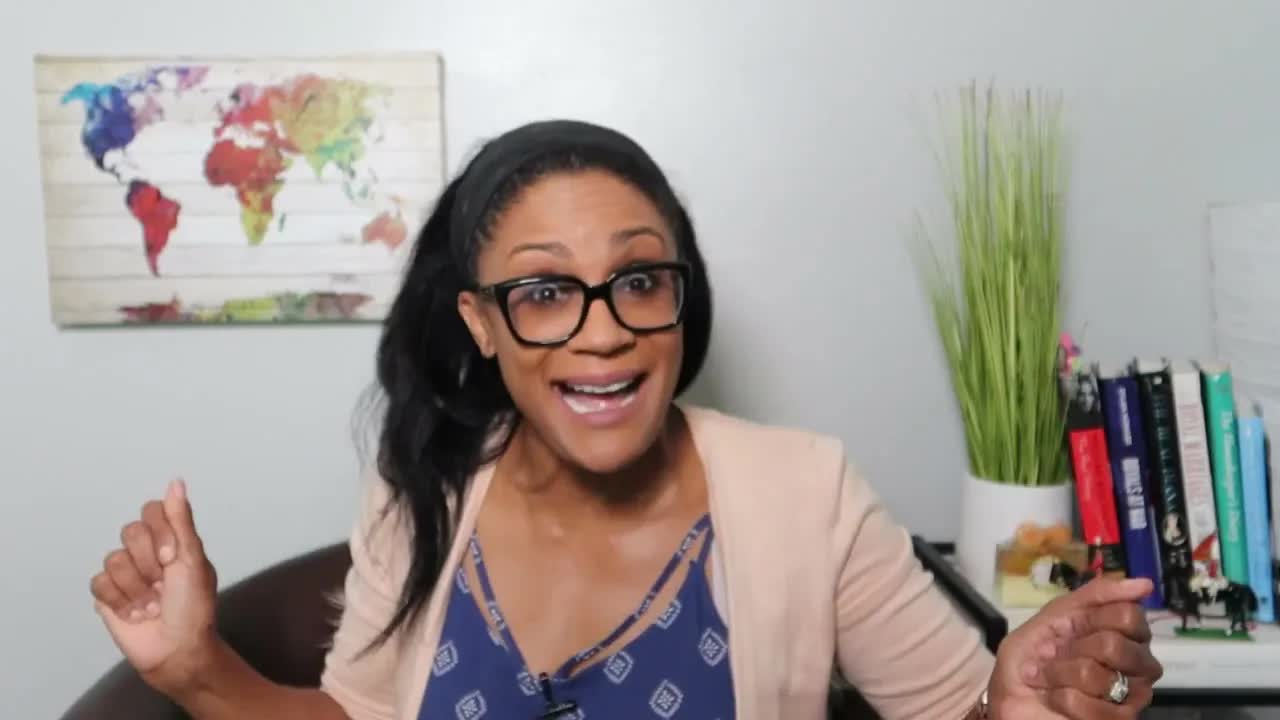In recent weeks, an intriguing narrative has emerged surrounding the so-called “American royal baby,” a term that has captured the attention of many.
This fascination is largely fueled by the couple at the center of it all, who have made a bold move from the UK to the United States.
As I delved into this topic, particularly through the lens of the Hulu series titled “The American Royal Baby,” I couldn’t help but notice how this couple is attempting to craft their own version of royalty in a country that has historically been indifferent to such notions.
Initially, I was hesitant to engage with the series.
Friends and family urged me to watch it, but I feared it would be a frustrating experience.
The trailer alone suggested a heavy dose of sensationalism that could easily raise my blood pressure.
However, upon finally watching it, I realized that there was a larger story unfolding—one that warranted deeper examination beyond the surface-level drama.
It’s clear that this couple is leveraging their platform to connect with the American audience, who, unlike their British counterparts, have a complicated relationship with royalty.
In America, the closest thing we’ve had to royalty may have been the Kennedy family, whose charisma and public appeal captured hearts across the nation.
Yet, the current couple faces a divide; they seem to misunderstand the American psyche regarding royal lineage and the expectations that come with it.
As I continued watching the show, I found myself grappling with mixed emotions.
On one hand, the couple appeared charming and relatable, but on the other, I couldn’t shake off the feeling that something was amiss.
The series cleverly highlighted their struggles without delving too deeply into the controversies that surround them, such as Meghan’s strained relationship with her father.
This selective storytelling can lead viewers to believe that these issues have been fully addressed when, in reality, they remain complex and unresolved.
The way the narrative is spun makes it easy for many to sympathize with Meghan, casting her as a victim of the royal family’s alleged shortcomings.
However, a closer look reveals that this portrayal is part of a broader public relations strategy designed to garner support and reshape public perception.
While there are indeed valid grievances, it’s crucial to approach the situation with a more critical eye.
Historically, figures like Princess Diana garnered immense public affection, often overshadowing the royal family’s missteps.
The same dynamic seems to be at play now, with Meghan positioned as the new darling of the American public.
But we must ask ourselves: is this narrative truly reflective of reality, or is it merely a well-crafted facade?
The American audience, particularly those less informed about the intricacies of the British royal family, may fall prey to this polished image.
It’s important to recognize that while many Americans enjoy the spectacle of royal life, there is a significant portion that remains skeptical and uninterested in the monarchy altogether.
They might tune in for entertainment, but they risk being swept up in a narrative that doesn’t fully capture the complexities of the situation.
Moreover, the media plays a significant role in shaping these perceptions.
Just as some Americans overlooked critical aspects of political candidates in the past, the same can occur with celebrity narratives.
The allure of a glamorous couple facing adversity can cloud judgment, leading to a superficial understanding of the underlying issues.
As I reflect on the current climate, it’s evident that the royal family has evolved since the days of Diana.
They are more aware of public sentiment and are making efforts to adapt.
This contrasts sharply with the portrayal of them as a monolithic entity resistant to change.
The narrative that Meghan is the lone figure battling against an outdated institution overlooks the evolution of the monarchy itself.
We are living in an age dominated by social media, where information is disseminated rapidly and often without context.
This environment can amplify misleading narratives, making it essential for viewers to seek out diverse perspectives.
As we navigate this new landscape, it’s crucial to remain vigilant and discerning, especially when it comes to stories that tug at our heartstrings.
In closing, the tale of the American royal baby is not just a simple story of love and adversity; it’s a complex interplay of media, public perception, and historical context.
As we continue to follow this saga, let’s strive for a deeper understanding of the motivations behind the headlines and the realities that lie beneath the surface.










